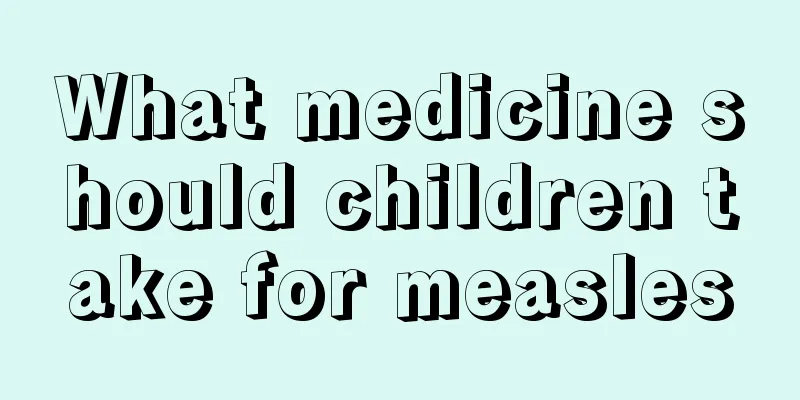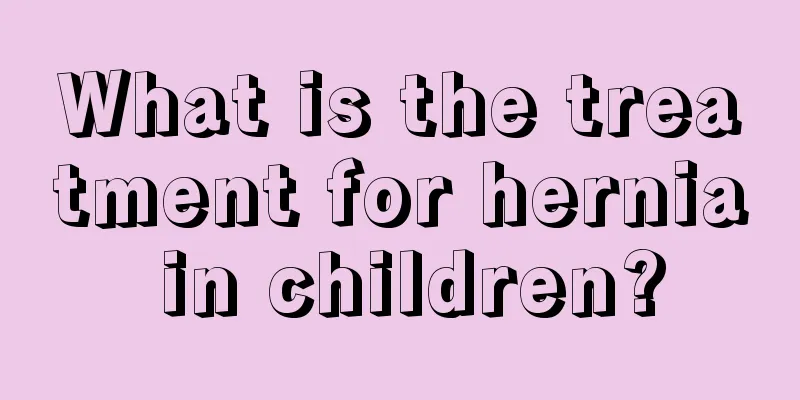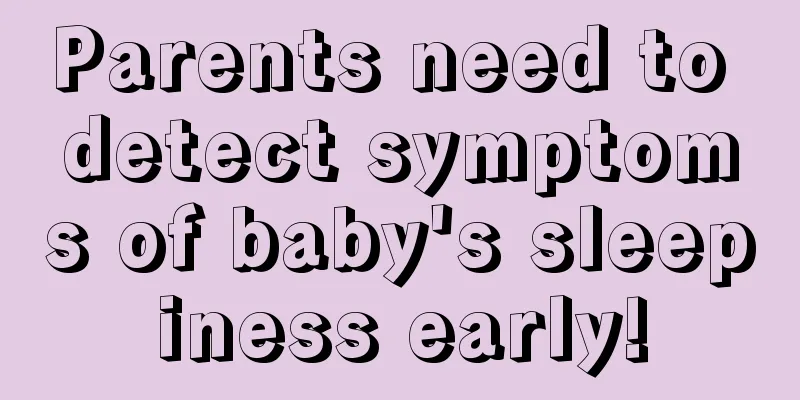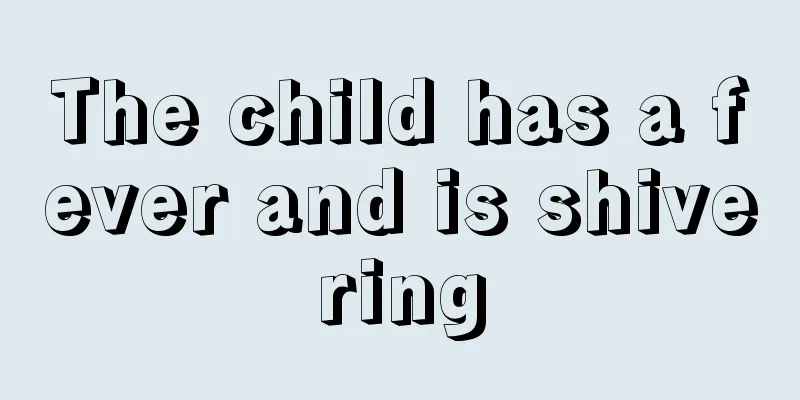What medicine should children take for measles

|
https://static.cndzys.com/20161114/59af41354329ee5d5b6d9045ed7a86e3.jpg Urticaria in children can be divided into acute and chronic types. Acute urticaria is relatively easier to treat, while chronic urticaria is prone to recurrence and may last for a long time. Children's skin is prone to infection, and there are many reasons that can cause urticaria. If the child feels very itchy, parents can apply some medicine externally to relieve the itching and prevent the child from scratching, which can cause inflammation. Prescription 1 Ingredients: 20 grams of Angelica sinensis, 30 grams of Astragalus membranaceus, 10 grams of Artemisia argyi, 10 dates, 15 grams of Cyperus rotundus, 20 grams of Schizonepeta tenuifolia, 10 grams of Ephedra sinica, 5 grams of Asarum, 20 grams of Scutellaria baicalensis, 20 grams of Tangerine peel, 25 grams of Seabuckthorn fruit, and 25 grams of Codonopsis pilosula. Usage: This is the adult dose, reduce the dose for children. Take 3 times a day, each dose is about 200 ml. Function: Nourishing blood, dispelling wind and relieving itching. Indications: urticaria, papular urticaria, pruritus. Prescription 2 Ingredients: Ephedra, Forsythia, Schizonepeta, Bombyx Batryticatus, Morus alba bark, Adzuki bean, and raw licorice. Usage: All medicines are given in regular doses. Children usually use 1/3-1/2 of the adult dose. Ephedra is used raw and added last during decoction. Soak the whole medicine in water for 30 minutes and then boil for 30 minutes. Decoction each dose twice and mix the two decoctions. Take 1 dose daily, once in the morning and once in the evening. Indications: papular urticaria. Add or subtract: If the itching is severe due to wind excess and there are many wheals, add wind-removing drugs such as Saposhnikovia divaricata, Uncaria rhynchophylla, and Chantuo; if the dampness excess and the blisters are numerous and large, add Coix seed and Plantago seed to enhance the effect of removing dampness; if the heat excess and the rash is red, add Gardenia jasminoides and Scutellaria baicalensis to enhance the ability to clear heat; if the patient usually has blood deficiency, pale face and pale tongue, and weak and moist pulse, add Angelica sinensis, Rehmannia glutinosa, White Peony Root, and Salvia miltiorrhiza to make up for the deficiency; if the skin is scratched and secondary infection occurs, resulting in pus and erosion, then this prescription should remove Ephedra sinica and Bombyx batryticatus, and add Taraxacum mongolicum, Coix seed, Patrinia salviae miltiorrhiza, etc., focusing on clearing heat and detoxifying. What medicine should children take for urticaria 1. Loratadine syrup It is mainly used to relieve symptoms related to allergic rhinitis, and is also suitable for relieving chronic urticaria and itchy skin diseases. Directions: Children aged 2-12 years: Weight > 30 kg: Take once a day, 2 teaspoons (10 ml) each time. Body weight ≤ 30 kg: 1 teaspoon (5 ml), once a day. 2. Levocetirizine Hydrochloride Tablets It is mainly used to relieve allergic symptoms of allergic diseases, such as allergic rhinitis (including eye allergic symptoms), urticaria, etc. Dosage: Children aged 2-6 years old, take half a tablet once a day. 3. Cetirizine Hydrochloride Tablets Suitable for seasonal or perennial allergic rhinitis, urticaria and skin itching caused by allergens. Dosage: Oral: Adults or children over 12 years old, 10 mg once a day or as directed by a doctor. If adverse reactions occur, the dosage can be changed to 5 mg in the morning and evening. For children aged 6-11 years, the recommended starting dose is 5 mg or 10 mg once a day, depending on the severity of symptoms. For children aged 2-5 years, the recommended starting dose is 2.5 mg once a day; the maximum dose can be increased to 5 mg once a day, or 2.5 mg once every 12 hours. If you don’t trust western medicine, you can also choose traditional Chinese medicine ephedra, Dictamni bark, Kochia scoparia, Coptis chinensis, and Spinach for treatment. They can clear away heat and wind, remove dampness and relieve itching, and can completely cure the disease without recurrence. During treatment, be sure to drink plenty of boiled water to keep your bowel movements smooth. These medicines can be purchased at pharmacies. They are economical, convenient and effective. |
<<: What to do if your child's face is red, swollen or itchy
>>: Red blood streaks on the child's face
Recommend
The child's eyes are red and have eye mucus
As a qualified parent, you should pay more attent...
The child screams when sleeping at night
Whether it is day or night, parents' hearts a...
What are the easiest ways to correct stuttering in children?
As we all know, stuttering is a problem we often ...
Why does my baby's hair grow slowly?
Some babies' hair grows slowly after birth. A...
What to do if your child has oily hair?
Oily hair is very common in life, especially for ...
Children's heart rate per minute
The heart rate is different at different age stag...
What are the symptoms of excessive lead in babies? Pediatric experts answer
Many people may have heard of lead poisoning. If ...
What are the symptoms of hand and foot eczema in children?
Because children's skin resistance is relativ...
How to prevent fever in children
Children are the treasures of their parents. If t...
9 month old baby keeps waking up and making noises during sleep
Babies have certain symptoms at different times. ...
Why can’t children urinate completely? These factors need to be taken into account
Parents, please take note: if your child has trou...
What should I do if my child has a fever?
There are many causes of fever, mainly various in...
What is going on when a baby blows bubbles?
In life, many mothers find that their babies blow...
Symptoms of baby's dislocated wrist, how to reset it quickly
Under normal circumstances, the baby can raise bo...
What to do if a girl has a big belly
Having a perfect figure is very important for man...









